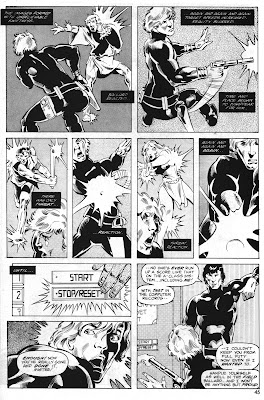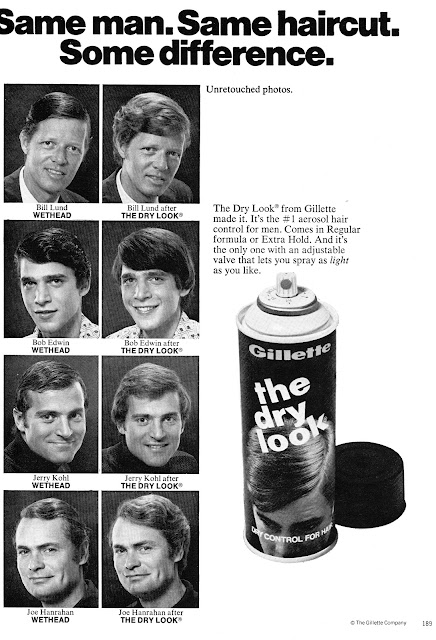Book Review: 'SF:UK' by Daniel O'Brien
2 / 5 Stars
'SF:UK' was published in 2000 by Reynolds and Hearn, UK. It is a tie-in to the 8-episode series that aired on Britain's Channel Four in 2001.
'SF:UK' , covers sci-fi film, television, and comics and is organized into four, roughly chronological, chapters starting with Shakespeare's 1611 play 'The Tempest', which the author argues is the foundation of British sci-fi, up to the late 1990s and TV series such as Ultraviolet and the film Gods and Monsters. The book is copiously illustrated with black and white photographs.
Comparing the book with the television series, it's clear that the series was unable or unwilling to get approval from the copyright holders for many properties, so is forced to make do with filler footage.
For example, in episode 5, 'Trips Through Time and Space', a discussion of the Dr Who series is obliged to rely on still images, and footage of narrator Matthew De Abaitua touring a museum of memorabilia and props, giving a running commentary while pointing to portraits of the actors. I cheerfully acknowledge knowing very little about the interrelationships between the various UK television broadcasting companies. But I assumed there was sufficient comity between Channel 4 and the BBC, that the former could be allowed to run excerpts of Dr Who for documentary purposes. But perhaps this was not to be for 'SF:UK'.
And episode 6, 'Ultra-Violence', opens with a discussion on the film A Clockwork Orange, but in lieu of footage from the movie, substitutes underlit, grainy footage of De Abaitua sitting ringside at a boxing match; archival footage of soccer - er, football - hooligan riots; and footage of men posing in impromptu Droog gear. So perhaps Warner Bros. wouldn't permit excerpts of their film to appear on Channel 4 unless money exchanged hands...........
Anyways, the best part of the book 'SF:UK' is the Introduction, by British pop culture stalwart Kim Newman. His essay is fast-moving and drops plenty of witty observations. Unfortunately, the remainder of the book is a disappointment, mainly because author O'Brien adopts an uneasy middle ground between a Scholarly approach, and a casual approach, to the material. Some segments of the book are quite dense in terms of a pedantic prose style and exposition, while others are less formal and as a result, a bit easier to take in. I found myself wishing that O'Brien had adopted the narrative style of the late Australian historian and commentator Peter Nicholls, particularly that displayed in Nicholl's 1984 book Fantastic Cinema / The World of Fantastic Films.
While any book dealing with centuries of British sci-fi necessarily will be an assemblage that reflects the attitudes of its author, another problem with 'SF:UK' is 'O'Brien's decision to offer overly lengthy exegeses on selected topics, notably 'The Tempest', 'Frankenstein', the TV series The Prisoner, the 'supermarrionation' of Gerry Anderson, Dr. Who, and the TV series Red Dwarf.
The attention paid to these subjects inevitably leads to neglect of other features of British sci-fi. It's hard to justify devoting four pages to The Prisoner, which ran for only 17 episodes, all of which (at the risk of angering devotees) tended to be remarkably static and boring, while (for example) nothing at all is said about the impressive sci-fi comics of the postwar period. I much would rather have learned (learnt ?) more about 'Dan Dare', 'Garth', and 'The Trigan Empire', than the psychosocial implications of selected episodes of The Prisoner.
Scattered throughout the pages of 'SF:UK' are hidden gems of anecdotes that will be informative to American readers, in particular, but finding these requires plodding through material, such as the casting changes made to Red Dwarf, that will appeal to die-hard fans of the show, but which I didn't find very engaging.
The overriding theme of 'SF:UK' is that Britain's vision of sci-fi is more downbeat and skeptical than that of the U.S.A., an argument that I don't dispute. Indeed, it was that attitude that made British sci-fi so forward-thinking and imaginative in the late 1950s and early 1960s, when the genre was stagnating in the USA. Summing up, I'm comfortable with assigning 'SF:UK' a two-star rating. I finished the book thinking that the TV series, whatever its disadvantages in terms of presenting copyright- and license-holder material, is more informative, and I thus direct curious readers to that portal.































































.jpg)
















